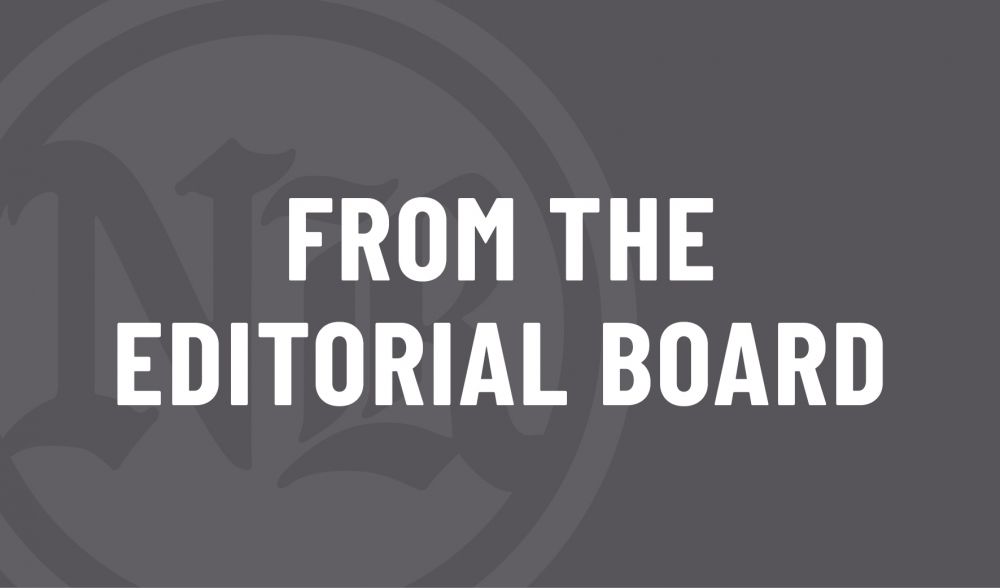Democrats’ redistricting plan embraces insidious status quo

Thousands of barrels of ink have been spilled by American newspapers decrying the partisan gerrymandering of legislative and congressional districts every 10 years, based on new census figures. And in point of fact, both parties are prone to putting a thumb or two on the scale in states under their control, if not a fist or two.
The term itself comes from a particularly egregious early case in Massachusetts. During the reign of Gov. Elbridge Gerry, one district there came to resemble a grotesquely misshapen salamander, and a clever editorial cartoonist dubbed it a “Gerrymander.”
Oregon’s minority Republicans are already crying foul over the congressional redistricting plan shepherded through the process this year by its majority Democrats, and mounting a legal challenge. However, both our analysis and that of independent non-partisan interest groups actually finds the new congressional and legislative maps remarkably even-handed from an R and D standpoint.
Democrats currently hold four of Oregon’s five U.S. House seats. The new plan would give them a virtual lock on three seats, Republicans an absolute lock on a fourth seat and leave the other two in play, one with a small Democratic advantage and the other dead even. So the new lineup could logically end up anywhere from 5-1 to 3-3.
At the state level, it looks as if Democrats stand to lose some seats along the coast and pick up some in Clackamas County and Central Oregon, leaving the current balance pretty much intact.
Here’s the rub, which is explored in more detail in this week’s Viewpoints cover piece, authored by veteran political analyst Sal Peralta:
While the 60% percent of Oregonians loyal to one of the two major parties figure to come out fine, the other 40% of us — those registered to the Independent Party of Oregon, aligned with one of a grab bag of smaller parties or maintaining non-affiliated status — are getting the short end of what was already a very short stick.
So are moderate Democrats, rural Democrats, moderate Republicans and urban Republicans. And in the process, so are residents of Oregon’s geographically vast but sparsely inhabited rural expanses, further legitimizing their longstanding claim of routinely getting short shrift in Salem.
What the powers that be have done is solidify and accentuate the status quo. Sadly, that figures to materially increase polarization, partisanship and gridlock, dig Oregon’s cavernous urban/rural divide yet deeper and further marginalize moderate, independent and unaligned elements of the electorate.
As Peralta points out, when Oregon’s current partisan primary system was created in the 1950s, 98 percent of registered voters were affiliated with one of the two dominant parties.
Today, however, the state counts almost 1 million non-affiliated voters — a group already outnumbering Republicans and soon to overtake Democrats, yet lacking any effective say in the nomination of candidates.
There are several ways this patently unfair and undemocratic state of affairs could be remedied. They include joining a growing number of other states in turning over redistricting to an independent, non-partisan citizen commission; forcing the two major parties to throw their primaries open to non-affiliated voters; joining virtually every other state in moving to limit the gushers of campaign cash major party candidates use to maintain their iron grip; and joining states in the Southwest, Upper Midwest and New England in adopting a ranked-choice voting system.
Unfortunately, there is no chance whatsoever of any of those reforms winning approval without citizen intervention. It would take citizen initiatives to make any real progress.
In the meantime, no more than 18 of Oregon’s 120 House primary contests, and very few of its Senate primary contests, figure to be competitive. That leaves selection of the candidates appearing on November general election ballots — the only ballots almost 1 million Oregonians ever see — to the most partisan of partisan insiders.
Worried about the Democrats taking advantage of the Republicans? Maybe you should be worried more about Democrats and Republicans teaming up to take advantage of the other third of the electorate — the third where rapid growth is occurring. And riding roughshod over moderate, independent and rural interests along the way.












Comments